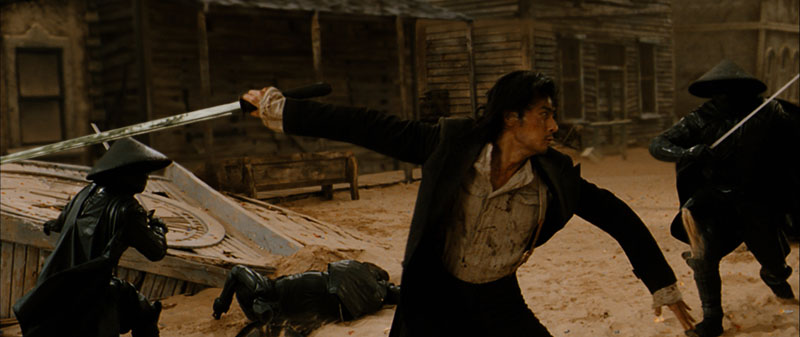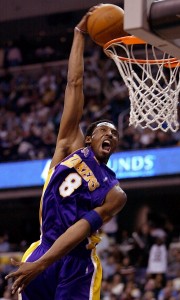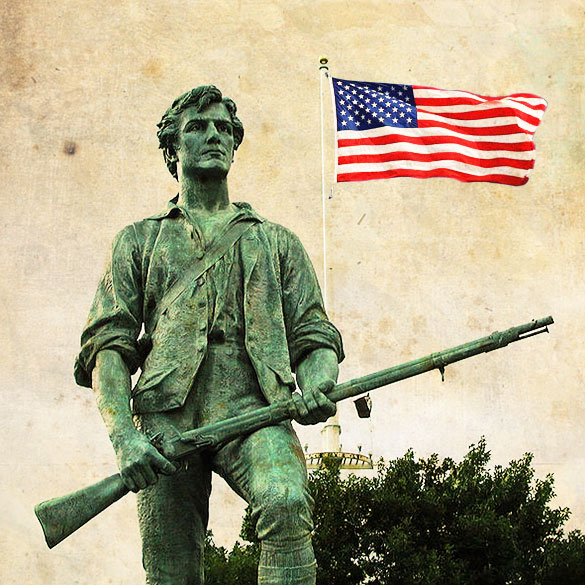
Let me make you a little list and see how it strikes you: the NBA, warrior rites, the NFL, Roman battles, SportsCenter, Beowulf.
“Hmm,” you say. You may see the words “testosterone,” and “manliness” blaring between the lines—or—you may see two parallel worlds. Those worlds would be the meritocracies of the age-old and world-famed archetypes of WAR and SPORTS.
But let me pause and add some qualifiers: ancient war and modern sports. Modern sports are not akin to modern war. There’s a long history of disagreements between warriors and armies, including the Tokugawa Samurai killed by the organized military and the Scots and Native Americans cleared out of their territory with much bloodshed. With all the triggers and detonators of modern warfare, or to put it in the words of Dr. Walter B. Cannon, Professor of Physiology at Harvard in 1915, the “stupid routine of drill, or any other deadening procedure,” is no parallel to modern sports in all their raw and physical glory. “War and the preparations for war nowadays have become too machine-like to serve as the best means,” he says, of pumping out that “fierce anger, an emotion of intense hostility, followed at once by wild physical exertion, in which muscles, eye, and brain work together.” Aka adrenaline. Face it: modern sports get the adrenaline flowing better than Army basic training camp.
Warriors—just like sports stars—rise through raw and violent success in battle, (not by respecting the chain of command). And speaking of brash and heady violence, the NFL values physical trauma for the same purpose as does the warrior. In an exploration of why the league has not, until recently, done little to curb abounding concussions, sports psychologist Sharon Chirbin says, “the culture of football rewards acts of toughness and bravery over a player’s health.” A nonpartisan independent study conducted by Children Now on the topic of sports broadcasting concluded that to gain respect the (almost exclusively male) athlete has “to be a winner, he must be willing to compromise his own long-term health by showing guts in the face of danger, by fighting other men when necessary, and by ‘playing hurt’ when he’s injured.”
In both the NFL and the NBA, “fighting” despite severe physical injury and pain is considered admirable, much like East African Warrior Maasai boys (under 12) today who are still part of a warrior culture—they herd sheep despite dangerous predators and can begin to prove their honor by killing a lion alone, invariably suffering much violence in the process. Like these Maasai boy-warriors, the athlete “must avoid being soft; he must be the aggressor…on the ‘battle fields’…his aggressiveness will win him the ultimate prize: the adoring attention of beautiful women and the admiration of other men” (Children Now).
I do not think many of us would be hard pressed to recall some male acquaintance of ours nearly growling at a football or delivering the deathblow to a soccer ball with all the fury and concentration of Mel Gibson in Braveheart. Even sports commentators use war terms such as “battle, kill, weapons, taking aim, fighting, lance through the heart, battle lines are drawn,” and the like, on an average of nearly five times per hour on major sports broadcasting networks. Yes, if it talks, acts and walks like a warrior, it must be one; and we cheer them on, generating 250 billion dollars in sports industry revenue annually. We’re that obsessed with winning in the name of things as surprisingly not-antiquated as “honor” and “respect.” But while sports heroes may not have their praises sung in poems, they don’t have to sweat it—there’s the Hall of Fame to preserve their legendary careers.
So let the war drums roll.
Rack up those feats (points)! Else Goliath (LeBron James) and Samson (Kobe Bryant) will lose to Hercules (Michael Jordan) in the toss-up for greatest-(legend)-of-all-time. Warriors do it like this: Beowulf fights the dragon, Coriolanus against Aufidius, and Brady vs. Manning.
 In fact we’re so desperate for modern “warrior” heroes that, in the fashion of gladiators, “sports announcers often frame team games as individual one-on-one contests between two well-known individual players.” This favoring the heroes over their team names happens twenty-nine times in a typical sample viewing of NBA games. “These messages are promoted, in varying degrees, in the NFL games, NBA games, MLB games, Extreme Sports, SportsCenter shows and in their accompanying commercials.” It’s fairly pervasive.
In fact we’re so desperate for modern “warrior” heroes that, in the fashion of gladiators, “sports announcers often frame team games as individual one-on-one contests between two well-known individual players.” This favoring the heroes over their team names happens twenty-nine times in a typical sample viewing of NBA games. “These messages are promoted, in varying degrees, in the NFL games, NBA games, MLB games, Extreme Sports, SportsCenter shows and in their accompanying commercials.” It’s fairly pervasive.
And just like the little-known Joushitai women samurai who fought during the Boshin War, women athletes receive very little coverage on sports programs—below three percent. And what of these three percent? They are presented in stereotypical ways: close-ups of cheerleader chests and supportive sideline spouses. Even women athletes in the WNBA only averaged 437,000 viewers for playoffs compared to the NBA’s 4.15 million last year; women are still on the sidelines.
Women at home or in bed (most of them) and men at war with glory at stake. Some things don’t appear to be changing much. At least not for the athlete serving as a reincarnation of the archetypal warrior-hero. Nietzsche said man wants danger and play. Looks like we’ll find a way—no matter the culture and age—to combine them.
Slay a buffalo, or destroy the rival team, it’s clear you’d be satisfying the same deep urge to—well, to what? Continue aggressive and violent traditional male behaviors? Achieve adrenaline release? Though the male psyche isn’t totally mapped out yet, one thing’s clear: no matter what way you spin it, you’re more or less looking at the same guy. He’s just wearing a baggier loincloth these days called a team uniform.


